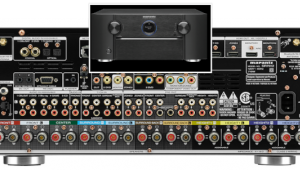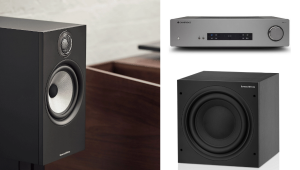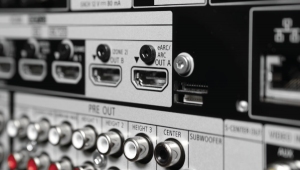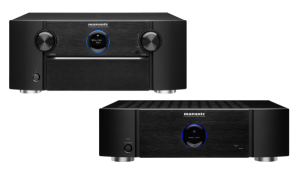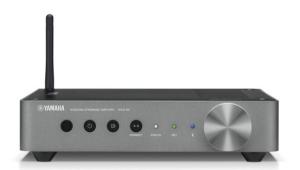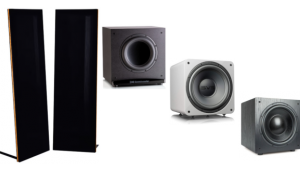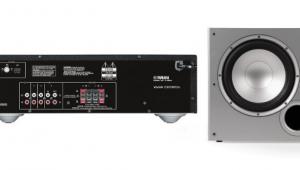Panasonic, Sweet Spot, Rotel

A reader of your column posed the question whether he should buy a Pioneer Kuro now that they have been greatly discounted. I want the best too, but this raises another question. Do the new Panasonic G10, V10, or Z1 plasma TVs surpass the Pioneers' picture performance, and at what price? The dilemma is thisif one waits too long and the Panasonics disappoint, the Pioneers may be sold out forever.
Jay Frey
When it comes to TV performance, there is a set of standards to which all products aspire. If a TV meets these standards in terms of grayscale tracking (a consistently correct color of gray across the brightness range) and colorimetry (red, green, blue, yellow, cyan, and magenta all correct), and other performance factors are good (low black level, good shadow detail, good video processing, etc.), it is close to "perfect" and cannot be significantly improved upon.
The Pioneer Elite Kuros satisfy all these criteria very well (the regular-line Pioneer Kuros satisfy them slightly less well), so the new Panasonics cannot be better in any significant way. They might be just as good, but we won't know that for sure until we review them. (Tom Norton just got the G10.) Some of the Panasonic models will be thinnerthe Z1 is only 1 inch thick, while the V10 is 2 inches thickand all three lines use Panasonic's new NeoPDP panel, which is said to consume much less power than previous plasmas. Also, all three lines will be THX certified, though I've learned from experience this doesn't necessarily mean they are perfect in the grayscale and colorimetry departments without a full calibration.
Pricewise, the Z1 will be available only in a 54-inch size and list for $6000, more than any 50-inch Kuro. The V10 replaces the current top-of-the-line PZ580 line; the 50-inch model will list for $2300 and the 54-incher will be $2700, with prices for the 58- and 65-inch models TBA. The G10 replaces the PZ85 line, and list prices range from $1400 for the 42-inch model to $2400 for the 54-incher, which is scheduled to ship in May.
Sweet Spot
Russ Herschelmann used to write a column called "Home Theater Architect," which was very informative and valuable for those of us who dabble in trying to construct decent home theaters on a do-it-yourself budget. Russ had an Excel spreadsheet called "The Sweet Spot" that would give you the room mode resonances if you input the room dimensions. Do you still have this spreadsheet file in your archives?
Wilaim Shackelford
We sure do; you can download that spreadsheet here.
PS3 Blues
I have decided to purchase the Rotel RSP-1570 pre/pro, and I currently own a PS3 as my main Blu-ray player. Because the PS3 doesn't bitstream any high-res audio and my new pre/pro does internal decoding, would I get better sound quality if I replace the PS3 with a standalone Blu-ray player that can bitstream to my Rotel and let my pre/pro do the decoding? Perhaps the inexpensive Panasonic DMP-BD35. It only makes sense that I could get a higher quality of sound from a $2500 pre/pro than a $400 gaming system. I have heard many different theories about this. What is your take?
Warren Fred
In general, I agree that an expensive pre/pro should do a better job decoding high-res audio than a game console. On the other hand, the PS3 uses a Cell processor, which is very powerful, so I'm sure it actually does a very good job decoding the high-res formats. Also, Dolby TrueHD and DTS-HD Master Audio use lossless compression, so they should theoretically sound the same no matter which device decodes them. There are subtle sonic differences between different decoders, but in my opinion, these differences are not enough to warrant getting a new player unless you have other reasons to do so.
If you have a home-theater question, please send it to scott.wilkinson@sorc.com.
